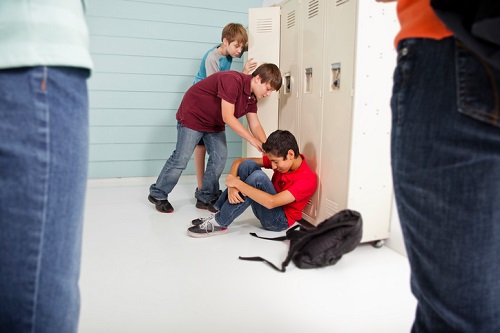
In recent years, a number of reports have highlighted increasing cases of bullying in Australia’s schools, but now global research has revealed who most of the victims are – adolescent boys from disadvantaged backgrounds.
The study led by University of Queensland (UQ) researchers – which involved 310,000 students aged 12-to-17-years-old across 83 countries – found that 30% had been bullied, with poorer and younger adolescent boys being most at risk.
Despite girls making up most of the population at 52%, less than 30% reported being bullied at school in the past 30 days prior to the survey, while nearly one-third of male adolescents said they had been bullied at school over the same period.
The research, based on Global School-based Health Survey data from 2003 to 2015, also revealed that adolescent bullying is common in Eastern Mediterranean and African regions, while Europe had the least number of cases.
By country, Samoa had the highest prevalence of bullying at 75%, and Tajikistan had the lowest at 7%.
UQ Institute for Social Science Research researcher Tuhin Biswas said that while bullying is a global public health problem, most studies conducted only covered high income countries – until now.
According to a meta-analysis of 46 studies in Australia, nearly one in seven adolescents were victims of bullying within a 12-month timespan, while around one in four students reportedly experienced lifetime bullying.
The study, however, proved that all countries still had a sizeable proportion of bullied adolescents. Biswas said that cultural and social factors seem to play a part in the prevalence of bullying, rather than the income status of the country.
How to deter bullying
Apart from schools rolling out anti-bullying initiatives, Biswas said that more peer and parental support can help lower the chances of a student getting bullied, as found in their research.
According to their research, there had been lower prevalence of bullying victimisation for adolescents who reportedly have higher levels of peer and parental support.
The research further noted that higher parental involvement can help facilitate early detection of problematic relationships among peers and intervention if needed. This can also lead to parents helping their children with developing “appropriate assertive peer interactions.”
The study, however, noted that parents will still need to undergo culturally appropriate skills training so they can be properly guided in reducing bullying and its effects on adolescents.


